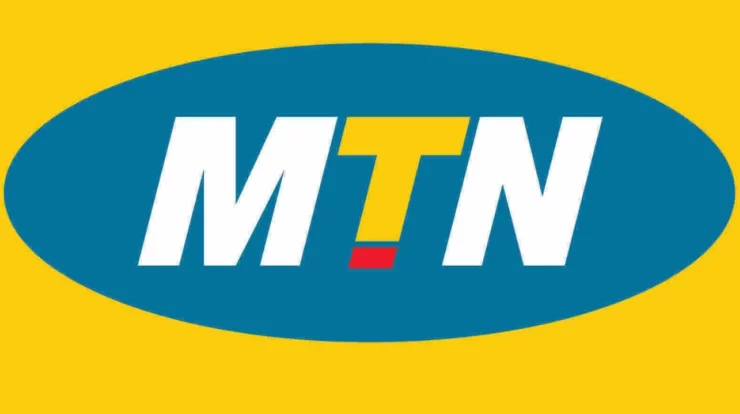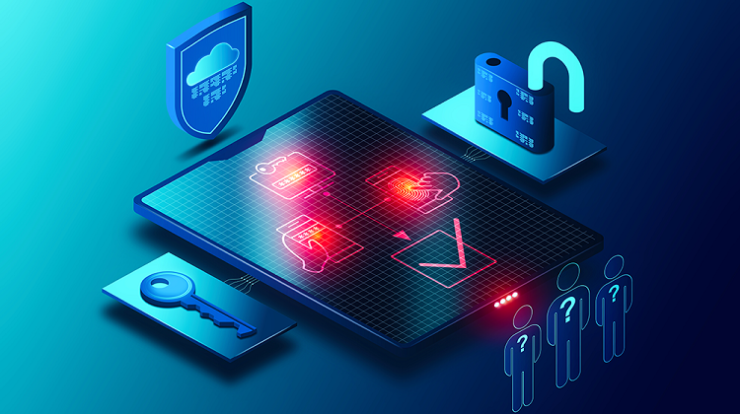- Windows Updates are rolled out every couple of weeks in order to make sure all bugs are fixed and all the latest protective features are installed.
- However, errors that prevent the update process can indeed occur, and they can usually result in fatal system errors.
- To read more about the matter, check out our dedicated Hub for Troubleshooting Windows Update Errors.
- If you are interested in other types of fix guides, check out our dedicated Windows 10 Fix page.
Windows 10 gets updated pretty often, and many of those updates are security-related. Usually, the process of updating your PC is seamless and it’s performed automatically.
In some cases, there are errors preventing that and today we’ll take a look at ‘Your device is missing important security and quality fixes’ error message in Windows 10.
One user shared concerns about the aforementioned error on Microsoft’s support forum.
Your device is missing important security and quality fixes. Error code: (0x80073712). I am unable to update because of a weird error that i have been coming across. I have tried to find numerous tutorials online but none have solved the issue. Any help would be greatly appreciated!
Learn how to fix this in no time with the steps we provided below.
How do I get security updates on Windows 10 again?
1. Use Windows Update Troubleshooter
- Open Windows Settings.
- Choose Update & Security.
- Select Troubleshoot from the left pane.
- Expand the Windows Update troubleshooter and click Run the troubleshooter.
2. Download the most recent Servicing Stack Update (SSU)
- Click on Start > Settings.
- Now go to System.
- In the left side-panel, scroll all the way down and click on About.
- Under Device specifications, you’ll see System type.
- Now go to the official Microsoft Update Catalog webpage, here, and download the latest SSU that matches your version.
- After that, restart your computer and check if Windows Update works.
3. Repair corrupted Windows files
- In the Windows search box type cmd, right-click the first result, and select Run as administrator.
- When the Command Prompt window appears, type DISM.exe /Online /Cleanup-image /Restorehealth and hit Enter.
- Keep in mind that depending on your system, the process could take several minutes.
- Wait for the process to finish and then type sfc /scannow and hit Enter.
- After the process finishes, close Command Prompt and check if Windows Update works.
4. Manually reset Windows Update Service
The problem could also be with the update service. To reset it manually, do the following:
- In the Windows search box type cmd, right-click the first result, and select Run as administrator.
- When the Command Prompt window appears, type the next commands one-by-one followed by the Enter key:
- net stop wuauserv
- net stop cryptSvc
- net stop bits net stop msiserver
- Ren C:WindowsSoftwareDistribution SoftwareDistribution.old
- Ren C:WindowsSystem32catroot2 Catroot2.old
- net start wuauserv
- net start cryptSvc
- net start bits
- net start msiserver
- Now check to see if Windows Update is working properly.
5. Reinstall Windows updates
- Click on Start > Settings > Update & Security.
- In the right section, click on View update history.
- In the new window choose Uninstall updates.
- From the list that appears, click on the last Update for Microsoft Windows (KBxxxxxxx) and uninstall it.
- After the process has finished, go to Windows Update and check for updates.
- The old uninstalled one and the new one will be found and installed as intended.
- Also, you can install the faulty update manually. In the update history, locate the one that’s of interest to you and go to the official Microsoft Update Catalog webpage and search for it.
- Then download and install it manually.
If you have any more questions or maybe another workaround that wasn’t covered here, feel free to post them in the comments section below.






